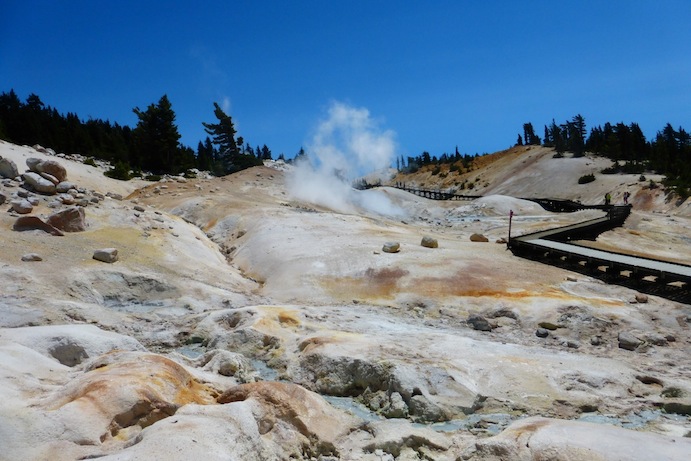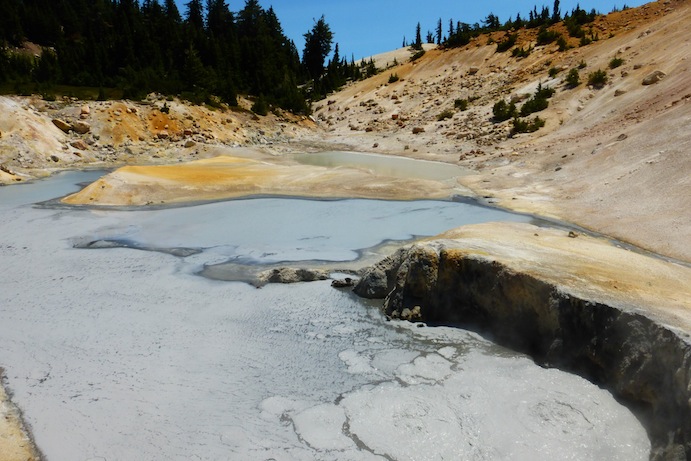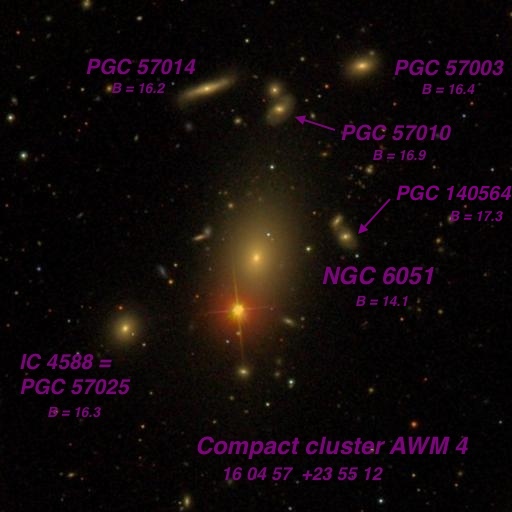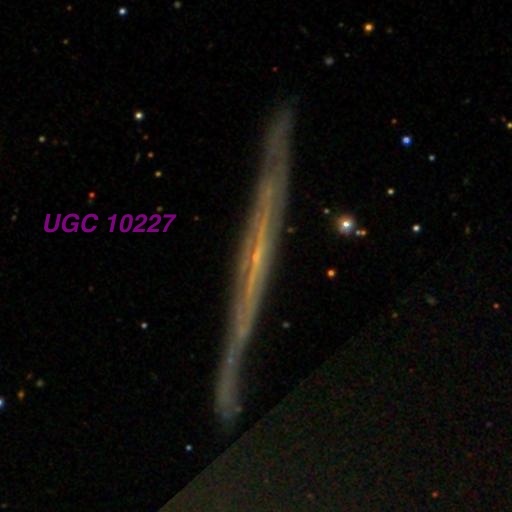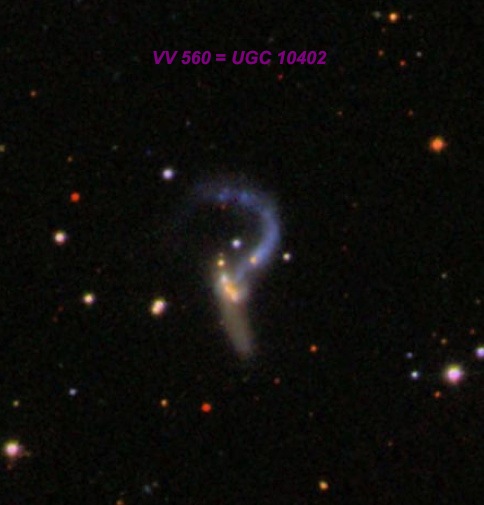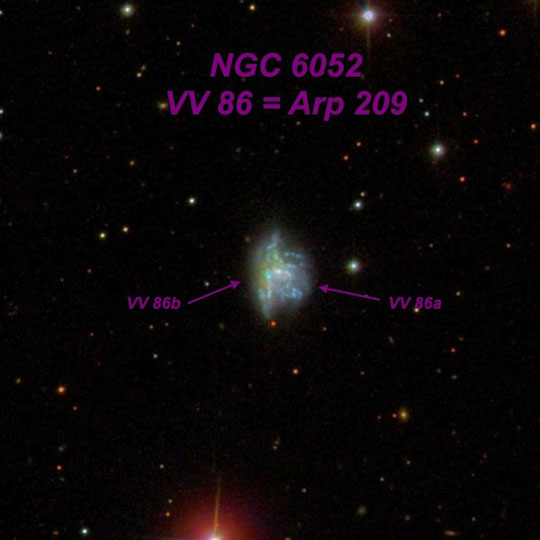OR 7/23/14: Lassen Volcanic National Park
by Steve Gottlieb
|
On the second day at Lassen several of us (Marko, Mark, Peter, Carter, David) took a short hike to Bumpass Hell -- the largest hydrothermal area in the park.
Although I've visited this active field a number of times, its always a bit looks, feels and smells unearthly with a colorful collection of bubbling mudpots, sulfur vents, and
superhot fumaroles and the intermittent odor of sulfur (rotten eggs). Factor in the elevation of 8000 ft and a remarkably dark blue sky and it does feel a little like you're
visiting another planet.
As it wasn't windy during the daytime we looked forward to calm conditions at the Bumpass Hell parking lot during the night. But the winds started up again in the evening and we had a fairly constant light to moderate breeze. Although it didn't directly affect the observations, the wind seemed to pick up some intensity later in the night and started to sap our energy and enthusiam. So, we cut the observing short before 2:00 AM, as we still had to pack up our scopes and drive the 20-25 minutes back to Summit Lake. I focussed on some interesting galaxies this evening. A couple of these ( |
 14 55 30 +32 50
This very compact cluster consists of the relatively bright cD galaxy
This superthin galaxy is easy to locate -- just 7.5' due north of mag 4.7 Tau Corona Borealis. At 260x and 375x appeared very faint, extremely thin edge-on 11:1 NNW-SSE, ~1.1'x0.1', very low nearly even surface brightness with a very slightly brighter central region. A mag 15 star is 40" WNW of center.
Using 375x and 500x, this unusual "sickle-shaped" interacting system appeared faint, small, elongated 3:2 SW-NE, ~18"x12". An extremely faint glow was noted 27" east of center, but the SDSS reveals this is a very close pair of extremely faint stars (see image). Jimi Lowrey felt he detected the tail to the north, but I was unable to confirm.
For a change of pace, we took a break to look at some brighter eye-candy. NGC 6951 in Cepheus was bright, fairly large, slightly elongated, ~2' diameter. Sharply concentrated with a small, very bright core. A fairly broad "bar" extends east-west through the central region. Weak spiral structure is definite with careful viewing. An eastern arm appears as a subtle arc curving counterclockwise and passing west and then south of a mag 12.7 star 1.4' east of center. I expected the western arm to be more obvious, but it was quite subtle, appearing as a slightly brighter curving "edge" of the outer halo from west to north.
At 375x, moderately bright, fairly small, elongated 3:2 N-S, ~25"x18". Contains an extremely small nucleus that appears offset to the north side. The eastern component is merged, except for a small, thin extension that juts out to the south on the southeastern side. A mag 15 star lies 0.8' W. For comparison, here's how this merged pair appeared in Jimi Lowrey's 48-inch last year: At 488x, the disrupted system NGC 6052 = Arp 209 had a very strange appearance. Attached on the SE side is a faint, elongated glow, ~22"x6", extending out from the main portion of the system and giving the strong impression that an edge-on galaxy was involved in this merger. Also on the NE side, a fainter and broader extension or plume was visible oriented N-S. Although these two features seemed detached, they may be part of the same partially merged edge-on. To the west of these extended features is the most prominent region or core of the galaxy, which appeared bright, irregular round and mottled. The halo was very irregular in shape and brightness, particularly on the west side which had a mottled, tattered appearance. |
